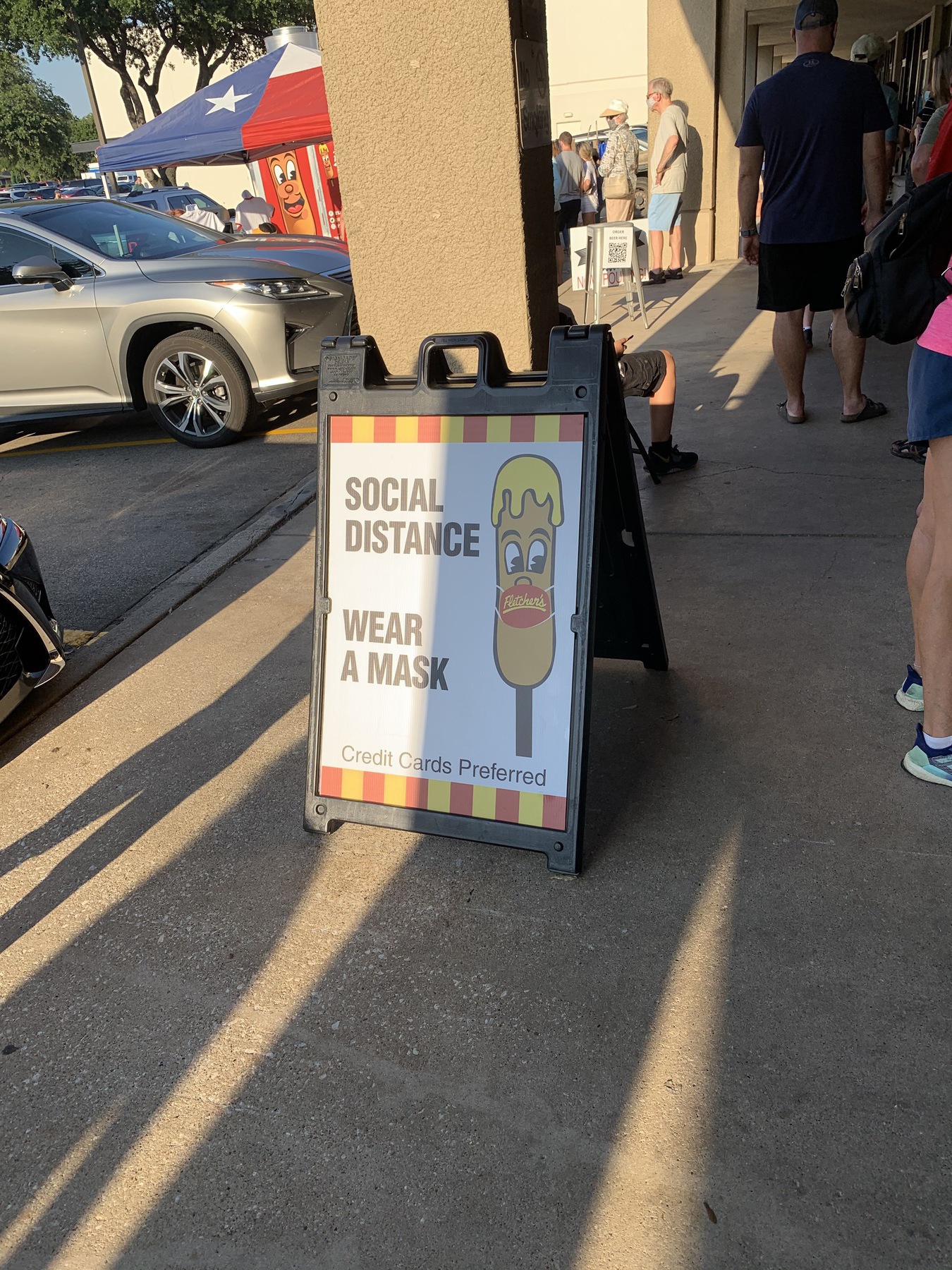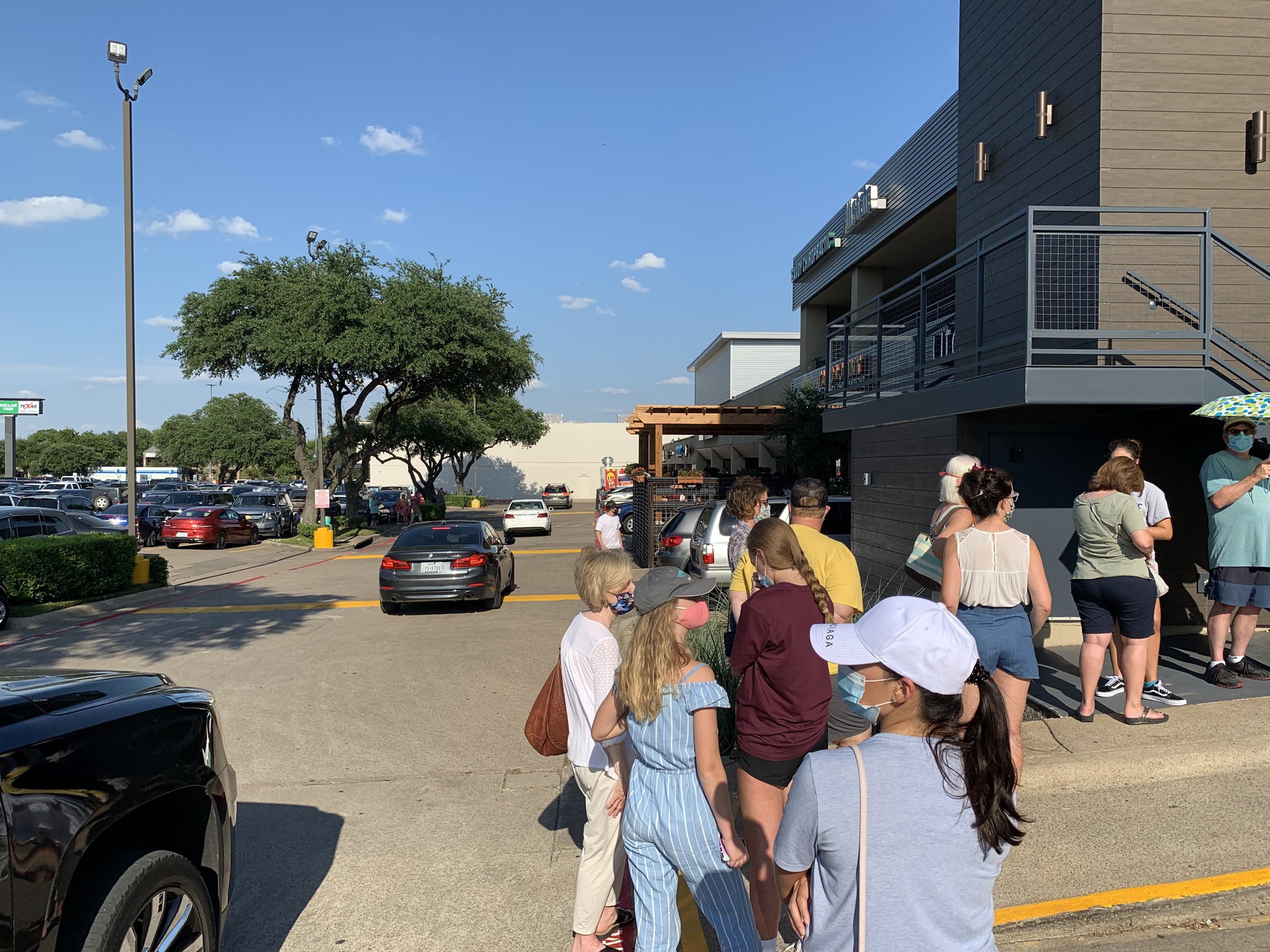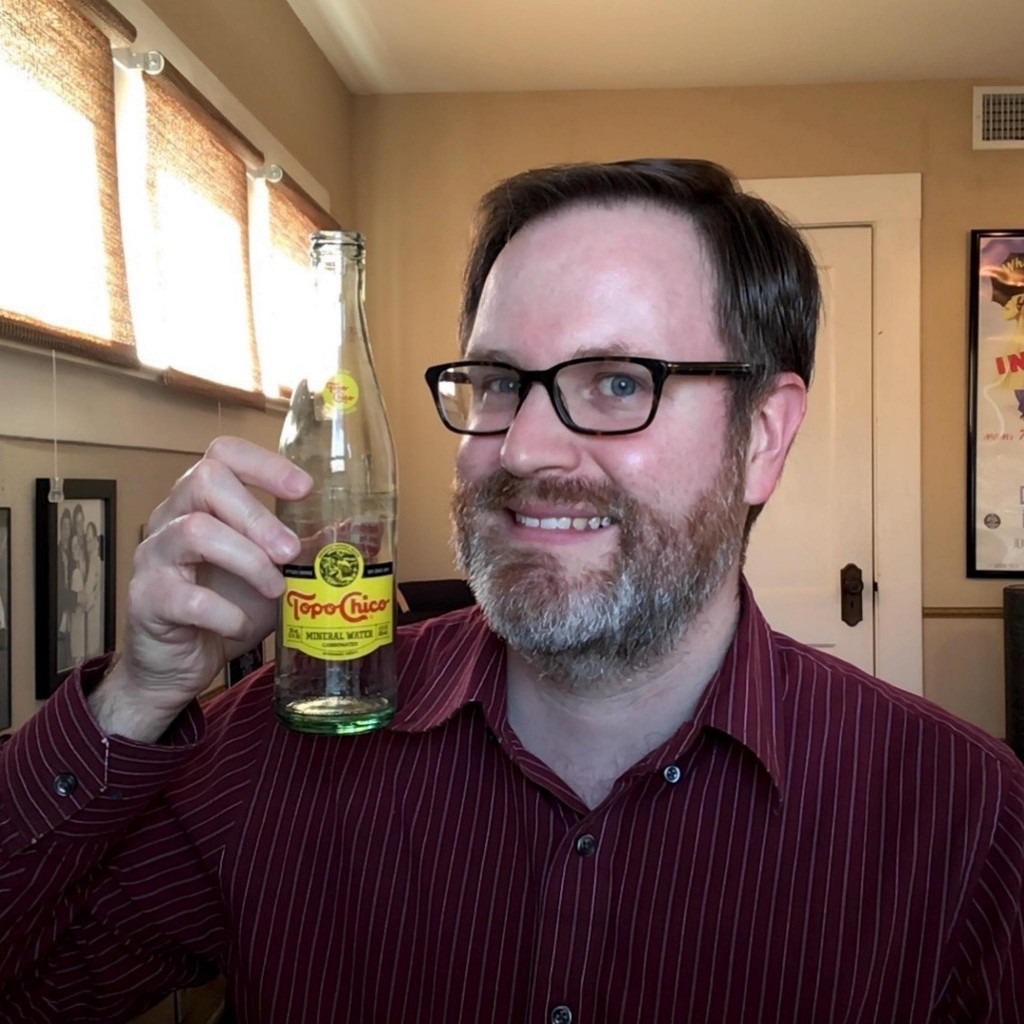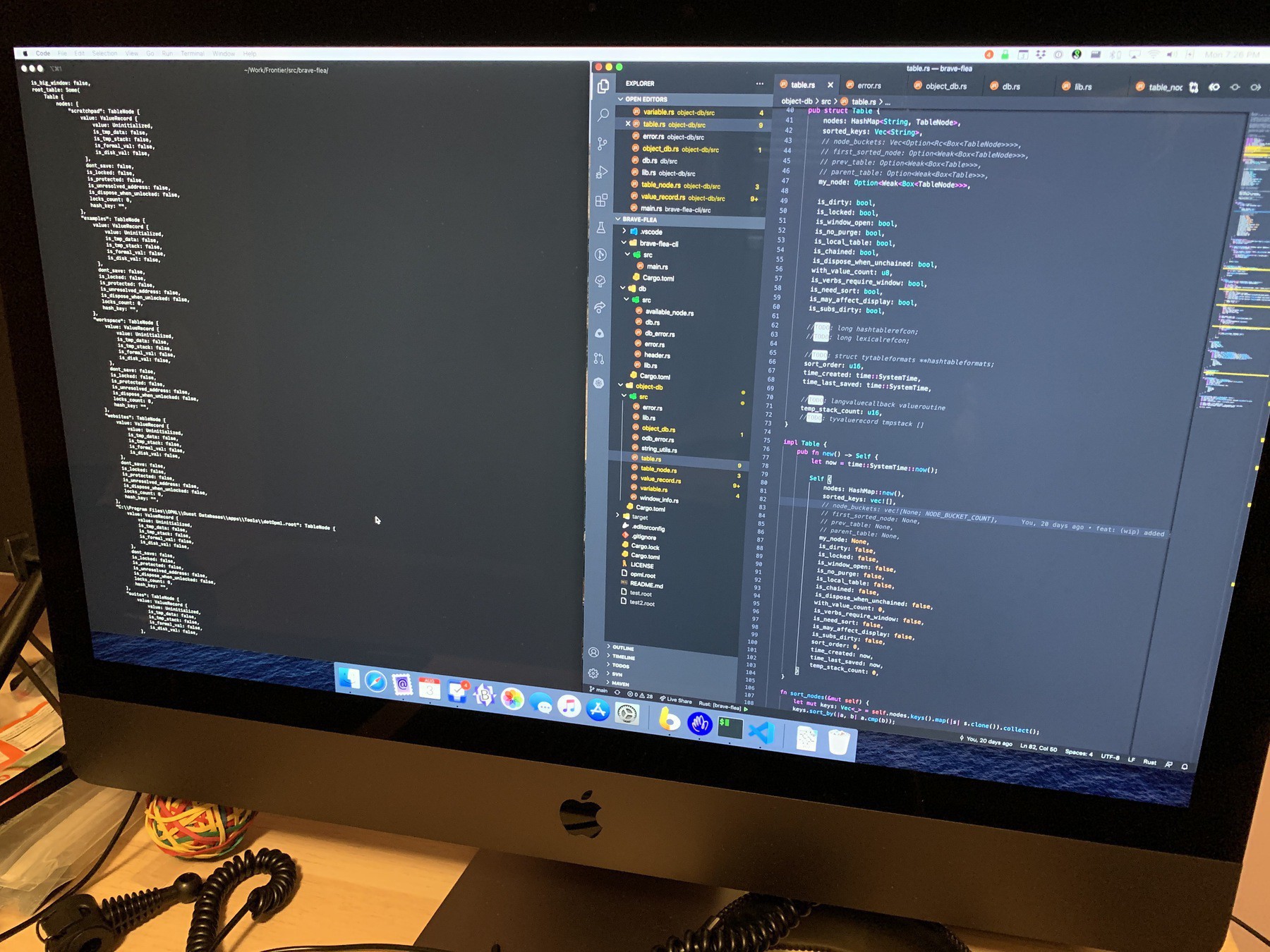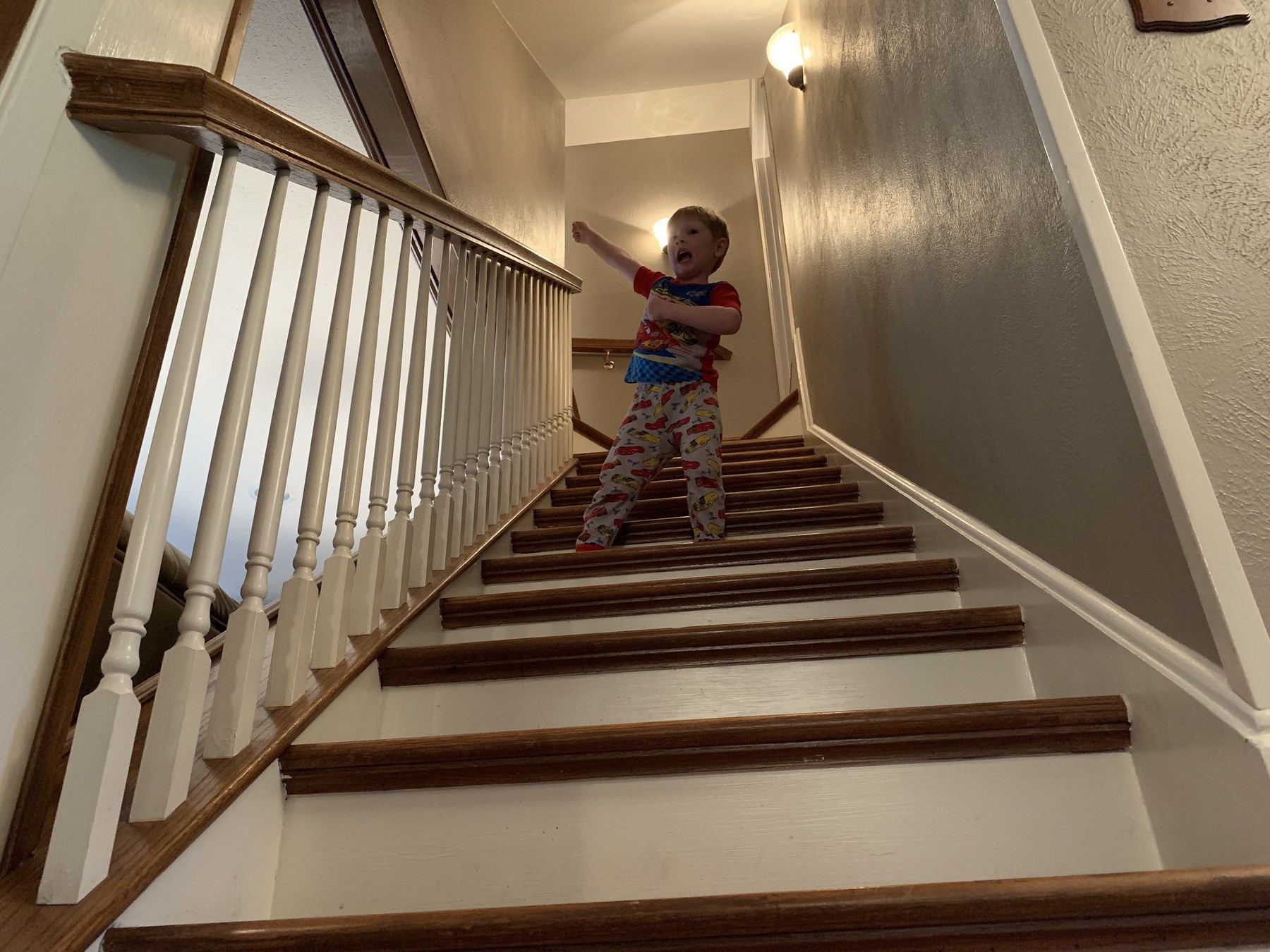If you want to look at historic homes in Dallas, there are a a few options of places to look. You could visit the Dallas Heritage Village. Located on what used to be Dallas's first city park, the Dallas Heritage Village is a collection of 21 historic buildings that functions as a glimpse of what life used to be like in Dallas in the late 19th century.
Your other option would be to visit one of Dallas's designated landmark districts. These are neighborhoods protected by ordinances with preservation criteria, specific to each district, administered by the the city's Landmark Commission. These ordinances preserve the homes within the districts by protecting them from willful neglect, demolition, and any renovations that aren't appropriate for the time period.
Visiting either DHV or a landmark district will be like taking a step back in time. You will get a sense of how things used to be (for better or for worse) and learn a little about our history.
There is however, one crucial distinction between DHV and a landmark district. While DHV is a collection of actual buildings, it functions as a large outdoor museum. Those buildings exist to educate. Landmark districts, however, are functioning neighborhoods. You can learn some history from these buildings, but they primarily function as homes for families today.
This distinction influences how these buildings are maintained. DHV's main concern is preserving every historical detail possible with their buildings. Any renovation work needs to be carefully done, so the final product still looks like a preserved historical artifact.
Homes in landmark districts are, well, … homes. The families that live in them have 21st-century needs and expectations. You can't live in a preserved historical artifact. These building need modern amenities like electricity, plumbing, central air conditioning, and internet access. They need bathrooms, kitchens with modern appliances, etc. Maintaining a home in a landmark district means finding ways to add these modern affordances while still maintaining the original character of the building.
I am familiar with this because my family lives in a house inside a landmark district, and we are currently renovating the kitchen.
And while it would be fun to dig into the details of our kitchen project, this is actually a blog post about software.
For the past several years I have been maintaining a software project called Frontier. I'll save the story of how I came to be doing this for another time. I also hesitate to use the word maintain to describe my actions. Mostly I've been tinkering, reading the source code, learning, and doing the bare minimum to keep it running on modern computers.
If you read through the source code, you can get a sense of the time of when this application was built. Frontier started it's live as a (classic) Macintosh application. Most of the design decisions in the code seem to be built around the constraints of that computing platform. In the late 1990s it was ported to Windows, and in the early 2000s the application was Carbonized to run natively on Mac OS X. You can see all those layers in the source code.
Sadly, Frontier doesn't run at all on the latest version of Mac OS X macOS. While software doesn't wear down or rot like physical structures, computing platforms do change, and if the software doesn't change with the platform, it will eventually stop working.
So I've been thinking about how to approach "restoring" Frontier, and this ties back to the beginning of this post. What is Frontier today? Is it a historical artifact that needs to be preserved "just as it was", or is it a functioning application that caters to the needs of modern computer users?
If it's the former, then I don't think there's much more to do. Frontier runs fine under emulation. I could put together some documentation for how to emulate a classic Macintosh system that runs an older copy of Frontier. I would keep the source code up on GitHub for people to study and that would be it.
If it's the latter, then there's a lot of work to do. I basically need to strip the structure down to the studs and begin to rebuild. I would need to find a way to build a modern application that meets the needs of modern computer users while still preserving the "character" of the original application.
Anyway, these thoughts have been swirling around in my mind lately. Does this comparison make sense to you? Are you familiar with Frontier? If so, which category does it belong in today?


